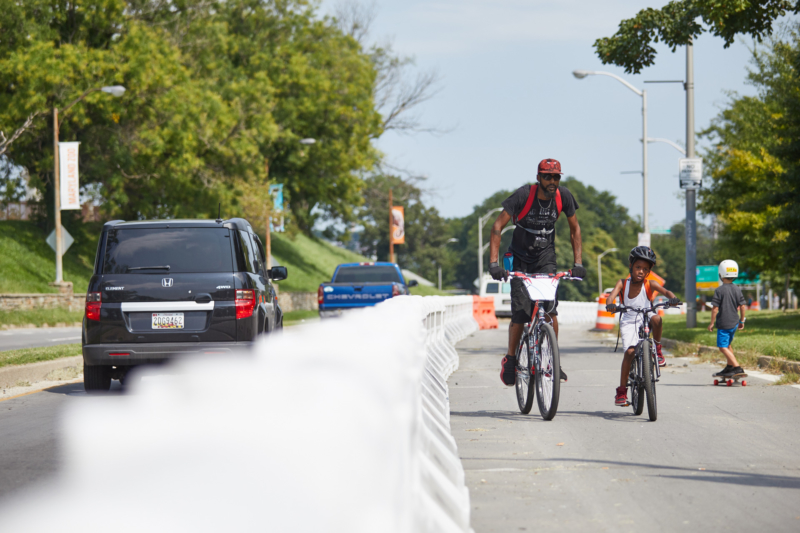
Complete Streets for Druid Hill Park Access
TAP Druid Hill envisions a future where residents of all ages and abilities are able to reach the recreational, public health, and cultural benefits of Druid Hill Park using safe and accessible “Complete Streets”. Complete Streets are streets designed and operated to be safe and accessible for all, including pedestrians, transit users, wheelchair riders, and people who rely on bicycles and e-scooters to get to work, school, and family.
Next steps from Baltimore City DOT: The Druid Park Lake Drive Complete Streets Project will restore connections to Druid Hill Park and the surrounding neighborhoods by creating a safer, multi-modal corridor that is safe and accessible for people of all ages and abilities. The Project builds from a Complete Streets Feasibility study(External link) completed in 2022, which developed concept-level designs. In March of 2024, BCDOT received $6 million in Neighborhood Access and Equity (NAE) funds(External link) from the U.S. Department of Transportation (USDOT) to complete preliminary engineering, environmental documentation, and public outreach to select a locally preferred alternative (LPA) and reach 30% design.

Complete Streets for Druid Hill Park Access
TAP Druid Hill envisions a future where residents of all ages and abilities are able to reach the recreational, public health, and cultural benefits of Druid Hill Park using safe and accessible “Complete Streets”. In 2018 Baltimore City passed the most equitable Complete Streets legislation in the country.
Complete Streets are streets designed and operated to be safe and accessible for all, including pedestrians, transit users, wheelchair riders, and people who rely on bicycles and e-scooters to get to work, school, and family.
Complete Streets are safer for everyone
Complete streets prioritize the safety of all people using the street over the speed of moving cars. Complete Streets often have slower speed limits, wide and maintained sidewalks and crosswalks, pedestrian focused lighting, protected bike lanes, bus lanes and bus shelters, and beautification like trees, plantings, and public art.
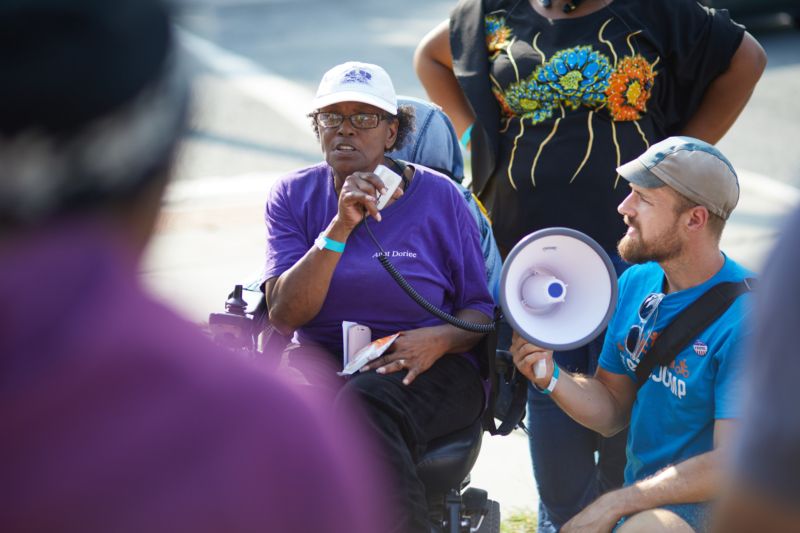
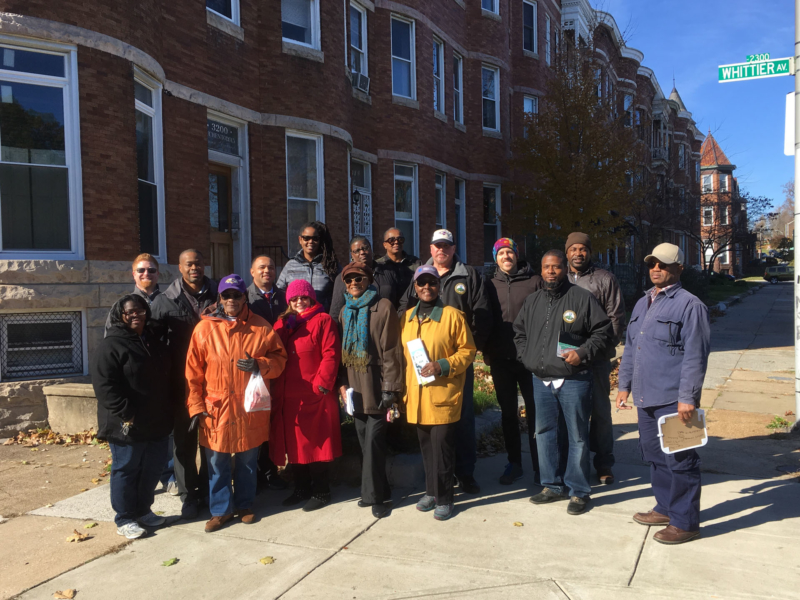
Complete Streets reflect community needs
Each complete street is different and based on the needs of the surrounding residents and neighborhood. For example, converting a two lane residential street where cars tend to drive at dangerous speeds to more pedestrian friendly complete street might include installing curb extensions at intersection corners to slow turning cars and shorten crosswalk distances. Elsewhere, converting an eight lane highway separating rowhouses from parkland might include adding more intersections to regulate car speed and create new park access points while converting excess car lanes into more green space and shared-use mobility lanes for residents who rely on walking, wheelchairs, e-scooters, and bicycles to get around. The most important factor determining a complete street design is incorporating the needs of all community members, including those who do not drive.
Complete Streets are equitable
Around Druid Hill Park 50% of residents do use a personal car for transportation. They rely on public transit, walking, biking, and e-scooters to move around the city. Baltimore spends a disproportionate amount of money on streets designed only to move cars, including the barrier highways around Druid Hill Park. Redesigning the highways around Druid Hill Park will make them safe and accessible for all residents. Click here for more on how complete streets support equity.
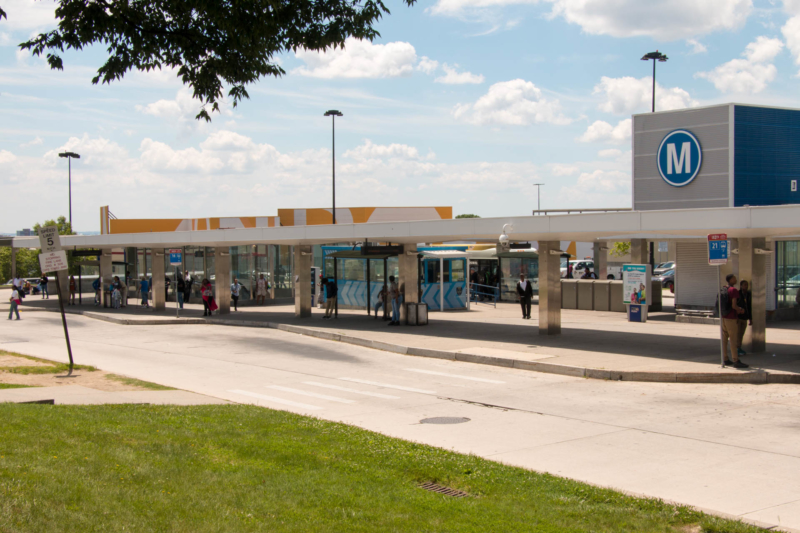
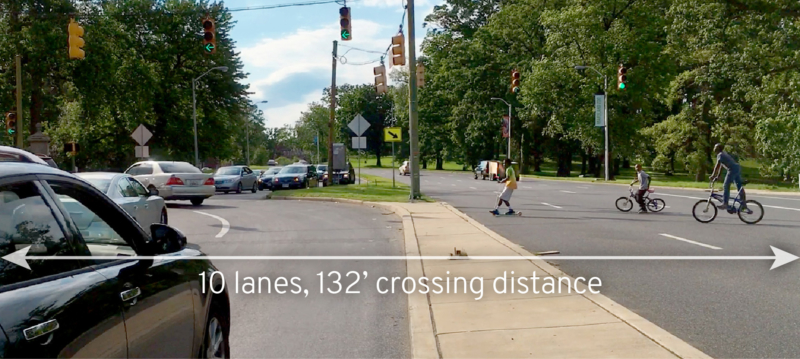
Complete Streets are safer
Most of Baltimore City’s streets are inhospitable for people who rely on walking, transit, wheelchair riding, and bicycling because they are designed for moving cars fast. Year over year, Baltimore’s fatal, injury, and property damage crash rates are increasing. Our crash rate is 370% the statewide rate, and our fatality rate is 40% higher than New York City. Other cities that have implemented complete streets have seen reductions in injuries, fatalities, and traffic delays.
Complete Streets improve public health
The Baltimore City Health Department’s 2017 Neighborhood Health Profiles shows that the majority working income, African American communities around Druid Hill Park have some of the city’s highest mortality rates of cardiovascular disease and cancer. Enabling reliable public transit and safe walking, biking, and other forms of active transportation while improving access to the recreational and green space benefits of Druid Hill Park will help improve the health of local residents.
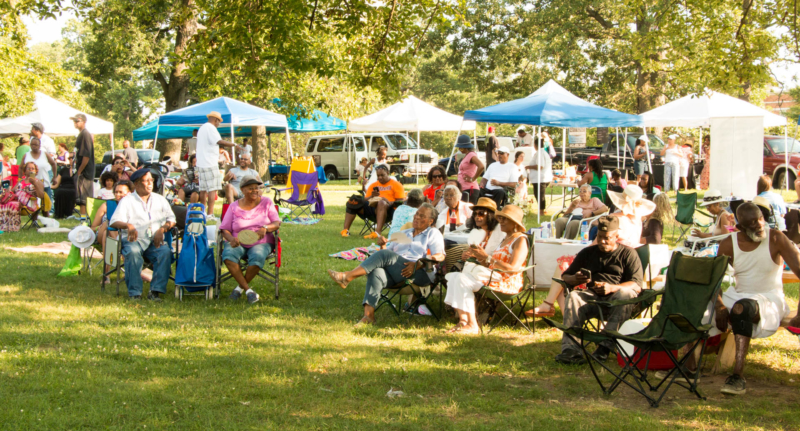
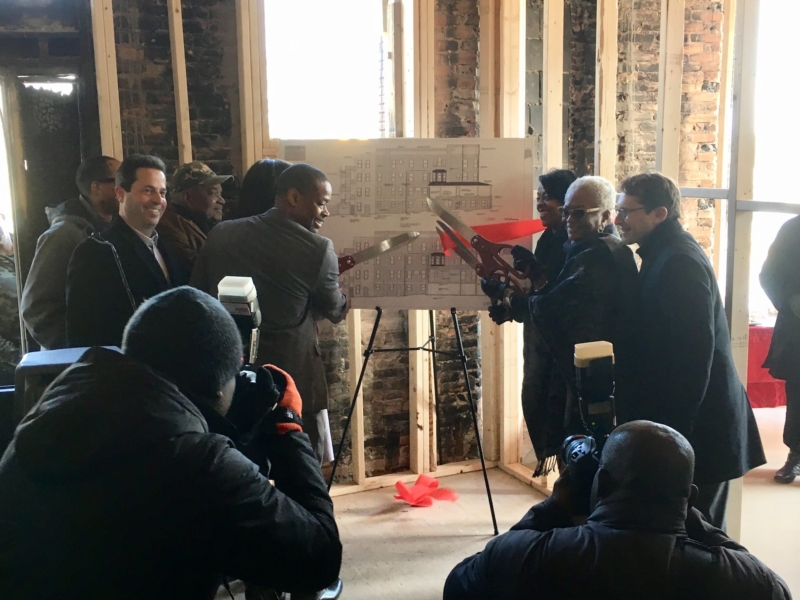
Complete Streets spur economic growth
Pedestrian and mobility projects are less expensive and have a higher return on investment than traditional road construction, and Baltimore families being less car reliant means they have more money to spend on everyday needs. Cities that have created complete streets have seen new businesses open, more jobs, and new neighborhood investment.
Complete Streets Resources
- Baltimore City Complete Streets
- Smart Growth America: What are Complete Streets
- NACTO Urban Design Guide
- Asphalt arteries cut off communities from Druid Hill Park, Davin Hong, Baltimore Sun, June 8, 2017
- Right a past wrong by opening access to Druid Hill Park, Daniel Hindman, Baltimore Sun, October 17, 2017
- We must make Druid Hill Park accessible, 7th District Councilman Leon Pinkett, Baltimore Sun, July 5, 2018

